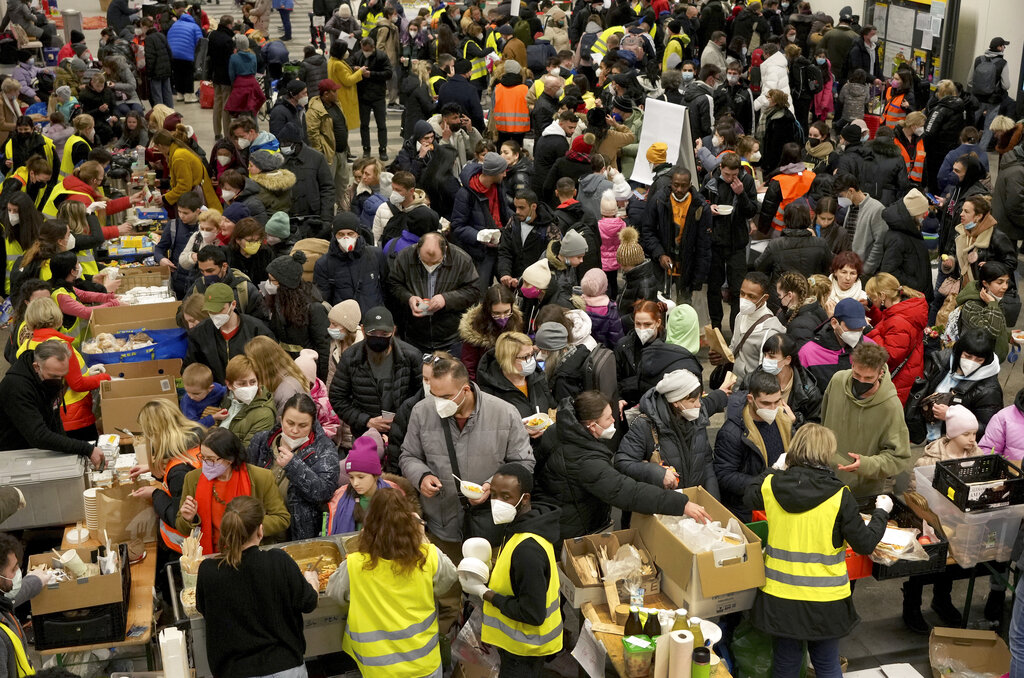In the past month, there were more applications for asylum in Germany than at any time since 2016, with the surge underlining both Germany and Europe’s inability to control an ongoing migration crisis.
Compared to October of the previous year, there was an 80 percent increase. Most of the applications were submitted by Syrians, Afghans, and Turks.
Asylum immigration had already risen significantly this year, and now Germany is seeing an even bigger increase. According to the Federal Office for Migration and Refugees (BAMF), 23,918 initial asylum applications were registered in October, the highest number in a single month in almost six years. BAMF data shows the last time this figure was exceeded was in November 2016 when 24,574 applications were filed.
[pp id=54369]
At the height of the migration crisis in March 2015, significantly more applications were filed, in some cases on a monthly basis. In addition, many people who entered the country illegally filed their applications at a later date.
This month, German Interior Minister Nancy Faeser has been accused of falsifying both the number of migrants entering German territory and the number of asylum applications. The latest figures from October are likely to add to criticism of her handling of the crisis.
The migration influx comes at a time when 53 percent of Germans say there are too many migrants arriving in the country, according to a poll from state-funded news platform Tagesschau.
[pp id=50586]
It is not only migrants from Africa and the Middle East driving the surge. The lion’s share of refugees have arrived from Ukraine; however, this group has special privileges that allow them a protection title without having to apply for asylum. Nevertheless, approximately 750,000 Ukrainians have entered Germany since the start of the conflict with Russia, and there are notable strains on social services, housing, and schools. In total, approximately 1.1 million migrants are believed to have entered German territory so far this year.
According to BAMF, the approximately 23,900 initial applications in October represent another 28 percent increase over September’s numbers. Going back to October of the previous year, it was 80 percent more. As in September, the main nationalities were from three countries: 8,975 from Syria, 3,682 from Afghanistan, and 3,324 from Turkey.
Almost all of the asylum seekers arriving in Germany entered via safe neighboring countries, meaning they were already protected from war or persecution, according to German newspaper Die Welt. Despite this fact, they are generally granted asylum in Germany, which allows them to maintain permanent residence in the country. The cost to German taxpayers has risen into the tens of billions, and many of these migrants have failed to integrate into Germany’s society and job market.
Efforts to deport unauthorized asylum seekers back to other EU states via the Dublin Regulation has been mostly unsuccessful. The traffic light government has not yet found ways to return a larger proportion of those arriving in Germany to the responsible states. Particularly in the case of Greece, this would require an expansion of social benefits for unemployed refugees because German courts consider the minimum standards there to be contrary to human rights and thus prevent transfers back.





